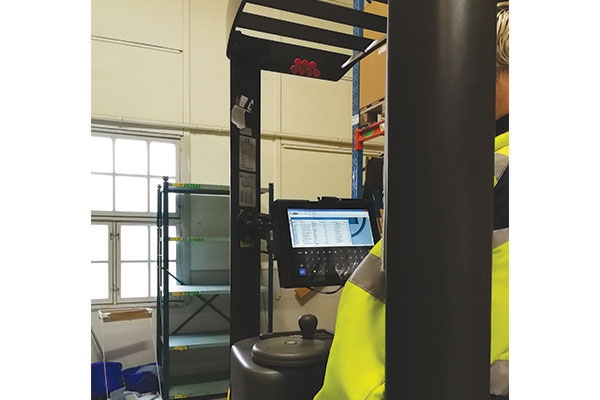The quest to be more productive, efficient and profitable is driving the pursuit of technologies that help get the most transactions out of a warehouse and its workers.
No data or details are too small, and makers of mobile computing solutions are increasingly pressured to deliver not just hardware, but operational outcomes.
“We are more required to be true solution providers because partners and end-users demand it of us,” says Eric Miller, CEO of JLT Mobile Computers.
“More services revolve around the balance of hardware and infrastructure, soup to nuts, from custom cables and mounts to data management, to deployment and asset management.”
In this environment, simple performance specs are a small step toward optimally pairing a mobile device with an application. The complete journey, Miller says, requires exhaustive fact finding.
High-level concerns center on: whether devices can reliably run through a full shift or 24/7 if needed; whether IT infrastructure can support continuous connectivity and seamlessly hand off data between departments; and operating system security and support.
Day-to-day concerns include: when and how often a forklift operator might need to re-position or remove a vehicle-mounted terminal; how to minimize asset and worker downtime by streamlining maintenance; and how individual workers might benefit from touchscreens or keyboards, or larger and brighter screens.
“People are talking about augmented reality and virtual reality, but how about we start with a screen the worker can actually see?” Miller says. “One of the most overlooked aspects is how easy it is for an aging workforce to see and interact with a device.”
Interactions between workers and devices are as important as those between the device and forklift.
In addition to automatically blacking out device screens during travel, intelligent setups feature better battery power management—whether the device draws power from an electric or internal combustion forklift. For example, the device will automatically engage a backup battery during a power disruption, like a forklift battery change to preserve the device’s connection to data systems.
“Telematics is big, and it’s not just about connections with the warehouse management system (WMS) and inventory transactions,” Miller says. “It’s also about driver safety, efficiency, fuel consumption, predictive forklift maintenance and more. All forklift manufacturers run a more intelligent forklift, and I think computers in the dashboard will become more and more standard.”
Miller predicts an embedded onboard tablet could handle the maintenance side of the house, tracking data like forklift battery temperature, hydraulic pressure levels and activity. Mounted mobile computers, meanwhile, will continue to provide a window into the WMS to drive order pickup, placement, shipping, receiving and other similar types of transactions.
“I see those things overlapping, yes, but not for another two to four years, when a forklift comes with a device that connects to the WMS,” he says. “Already, a mobile computer has so many sensors, gyroscopes, accelerometers, RFID and more, and the question is: How do we capture data, and what do we do with it? The first step is to make the forklift an intelligent device and a data collector so you can better manage the fleet and its drivers.”
Article topics









